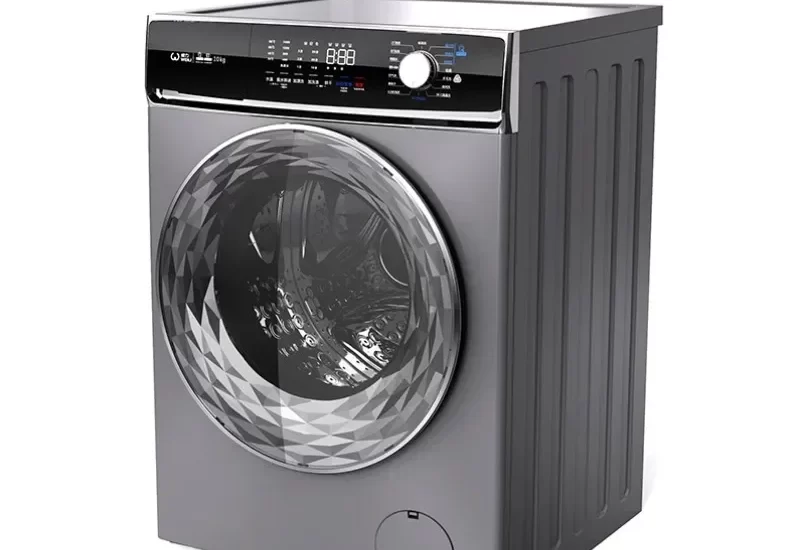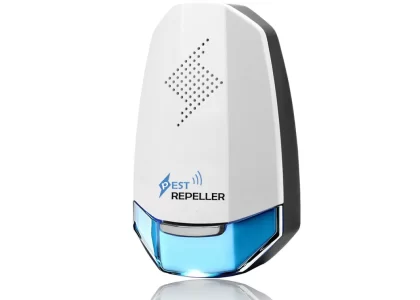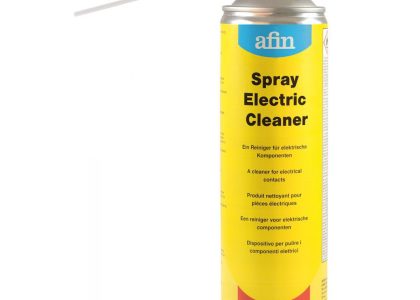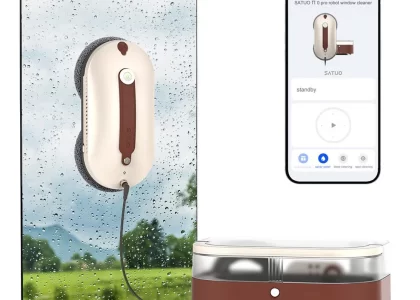A washing machine leak can be a frustrating and messy problem, turning laundry day into a stressful event. Fortunately, understanding the common causes of leaks can help you pinpoint the issue and potentially fix it yourself. This guide will provide a comprehensive understanding of washing machine leaks, covering the most frequent causes, troubleshooting steps, and repair options.
 Understanding the Common Causes of Washing Machine Leaks
Understanding the Common Causes of Washing Machine Leaks
Most washing machine leaks stem from a few key culprits. Let’s delve into these common causes and understand why they lead to water escaping from your appliance.
1. Worn-Out or Damaged Hoses
Washing machine hoses are responsible for transporting water to and from the appliance. Over time, these hoses can deteriorate, crack, or become brittle. This deterioration can lead to leaks, especially when the water pressure is high.
- How to Identify a Leaky Hose: Look closely at the inlet and drain hoses for visible signs of cracks, bulges, or leaks. If you see any of these, replace the hose immediately.
- Prevention: Regularly inspect the hoses for any signs of wear and tear. Consider replacing hoses every few years, even if they appear to be in good condition, to prevent unexpected leaks.
2. Loose or Damaged Fill Valve
The fill valve, located behind the washing machine, controls the flow of water into the tub. A faulty fill valve can cause water to leak from the valve itself or overflow from the tub.
- How to Identify a Faulty Fill Valve: If you notice water dripping from the fill valve or the washer overflowing during the fill cycle, the fill valve is likely the culprit.
- Prevention: To prevent a malfunctioning fill valve, ensure the water supply is turned off when not in use and avoid overloading the washing machine.
3. Failing Water Pump
The water pump is responsible for removing water from the washing machine after each cycle. A worn-out or damaged pump can leak water from its seal or fail to drain the water effectively, leading to leaks.
- How to Identify a Faulty Pump: Check for leaks near the pump or a noisy pump, indicating a potential issue.
- Prevention: Ensure the pump is not overloaded by avoiding overloading the washer with clothes.
4. Broken or Loose Tub Ring
The tub ring is a gasket that seals the washing machine tub to the outer shell. Over time, this ring can crack, become brittle, or loosen, resulting in leaks.
- How to Identify a Damaged Tub Ring: If you see water leaking from the bottom of the washer or around the tub itself, the tub ring is likely the cause.
- Prevention: Avoid using harsh detergents that can damage the tub ring and ensure the washer is properly leveled to prevent strain on the tub ring.
5. Damaged or Worn-Out Door Seal
washing machine leaking underneath
The door seal, also known as the gasket, provides a tight seal between the washer door and the tub. A damaged or worn-out door seal can allow water to leak out from the drum during the wash cycle.
- How to Identify a Leaky Door Seal: Inspect the door seal for any cracks, tears, or loose sections. If you find any, you’ll need to replace the seal.
- Prevention: Avoid slamming the washer door shut, as this can damage the seal.
6. Cracked or Broken Tub
While less common, a cracked or broken washing machine tub can cause a significant leak. This can happen due to a manufacturing defect, heavy usage, or a sudden impact.
- How to Identify a Cracked or Broken Tub: Look for visible cracks or broken sections in the washing machine tub.
- Prevention: Avoid overloading the washer and handle it with care to minimize the risk of damage.
 Troubleshooting and Repairing Common Washing Machine Leaks
Troubleshooting and Repairing Common Washing Machine Leaks
Now that you understand the most frequent causes of washing machine leaks, let’s explore how to diagnose and resolve these issues.
washing machine leaking underneath
1. Checking and Replacing Hoses
To address leaky hoses, follow these steps:
- Step 1: Turn off the water supply: Locate the water valve for your washing machine and turn it off.
- Step 2: Disconnect the hoses: Carefully disconnect both the inlet and drain hoses from the washing machine.
- Step 3: Inspect the hoses: Look for any signs of cracks, bulges, or leaks. If you find any damage, it’s time to replace the hose.
- Step 4: Replace the hoses: Purchase new hoses that are compatible with your washing machine. Connect the new hoses securely to the appliance and the water supply.
2. Troubleshooting and Replacing the Fill Valve
To diagnose and potentially repair a leaky fill valve, follow these steps:
- Step 1: Turn off the water supply: As always, start by shutting off the water supply to the washer.
- Step 2: Disconnect the fill hose: Detach the fill hose from the valve.
- Step 3: Test for leaks: Turn the water supply back on briefly and check for leaks from the fill valve. If you see water dripping, the valve needs replacement.
- Step 4: Replace the fill valve: If the valve is faulty, you’ll need to replace it with a compatible model. Ensure you select the correct type of valve for your washing machine.
 3. Inspecting and Replacing the Water Pump
3. Inspecting and Replacing the Water Pump
Addressing a faulty water pump involves these steps:
- Step 1: Turn off the power: Disconnect the washing machine from the power outlet.
- Step 2: Access the pump: Locate the pump on the bottom of the washer. You may need to remove the bottom panel to reach it.
- Step 3: Check for leaks: Look for any signs of leaks around the pump’s seal. Also, test the pump by turning it on and listening for any unusual noises.
- Step 4: Replace the pump: If the pump is leaking or making strange noises, you’ll need to replace it.
4. Repairing or Replacing the Tub Ring
Fixing a damaged tub ring requires:
- Step 1: Turn off the water supply and disconnect hoses: Shut off the water supply and disconnect the hoses from the washer.
- Step 2: Access the tub ring: You may need to remove the bottom panel or the back of the washer to access the tub ring.
- Step 3: Inspect the tub ring: Examine the tub ring for any cracks, tears, or looseness.
- Step 4: Repair or replace: If the tub ring is cracked or torn, you’ll need to replace it. If it’s simply loose, you may be able to tighten it back in place.
5. Replacing the Door Seal
washing machine leaking underneath
To fix a leaking door seal:
- Step 1: Turn off the water supply and disconnect hoses: As a precaution, turn off the water supply and disconnect the hoses.
- Step 2: Remove the door seal: Carefully detach the old door seal from the washer door.
- Step 3: Install the new door seal: Place the new seal in the correct position and press it firmly into the groove.
- Step 4: Test the seal: Run a small amount of water into the washer and check for leaks.
6. Addressing a Cracked or Broken Tub
Unfortunately, a cracked or broken washing machine tub is often a significant issue that requires professional repair or replacement. Contact a qualified appliance repair technician for diagnosis and repair options.
 When to Call a Professional
When to Call a Professional
washing machine leaking underneath
While some washing machine leaks can be resolved with simple DIY repairs, there are times when seeking professional help is necessary. Here are some scenarios where calling an appliance repair technician is recommended:
- Significant leaks: If you’re experiencing a major leak that is flooding the area, it’s best to call a professional to prevent further damage.
- Unidentified leaks: If you’re unable to identify the source of the leak or are unsure how to fix it, a technician can provide expert diagnosis and repair.
- Complex repairs: If the repair involves disassembling major parts of the washing machine or requires specialized tools, it’s best left to a professional.
- Warranty issues: If your washing machine is still under warranty, contact the manufacturer for authorized repair.
 Preventive Maintenance for Washing Machine Leaks
Preventive Maintenance for Washing Machine Leaks
washing machine leaking underneath
Preventative measures can help minimize the risk of washing machine leaks and extend the life of your appliance:
- Regular inspections: Inspect the hoses, fill valve, and door seal regularly for any signs of wear or damage.
- Proper water pressure: Ensure the water pressure to the washer is within the recommended range.
- Avoid overloading: Do not overload the washing machine, as this can put strain on the pump and other components.
- Use the correct detergent: Avoid using harsh detergents that can damage the tub ring and other parts.
- Level the washer: Make sure the washer is level to prevent strain on the tub ring and other components.
By following these preventative measures, you can prolong the lifespan of your washing machine and minimize the risk of leaks.
Conclusion: Keeping Your Laundry Clean and Leak-Free
A leaky washing machine can be a headache, but understanding the common causes and troubleshooting steps can help you resolve the issue quickly and effectively. Remember to practice preventative maintenance to minimize the risk of leaks and ensure your laundry day remains clean and stress-free. When in doubt, don’t hesitate to contact a qualified appliance repair technician for expert diagnosis and repair.





